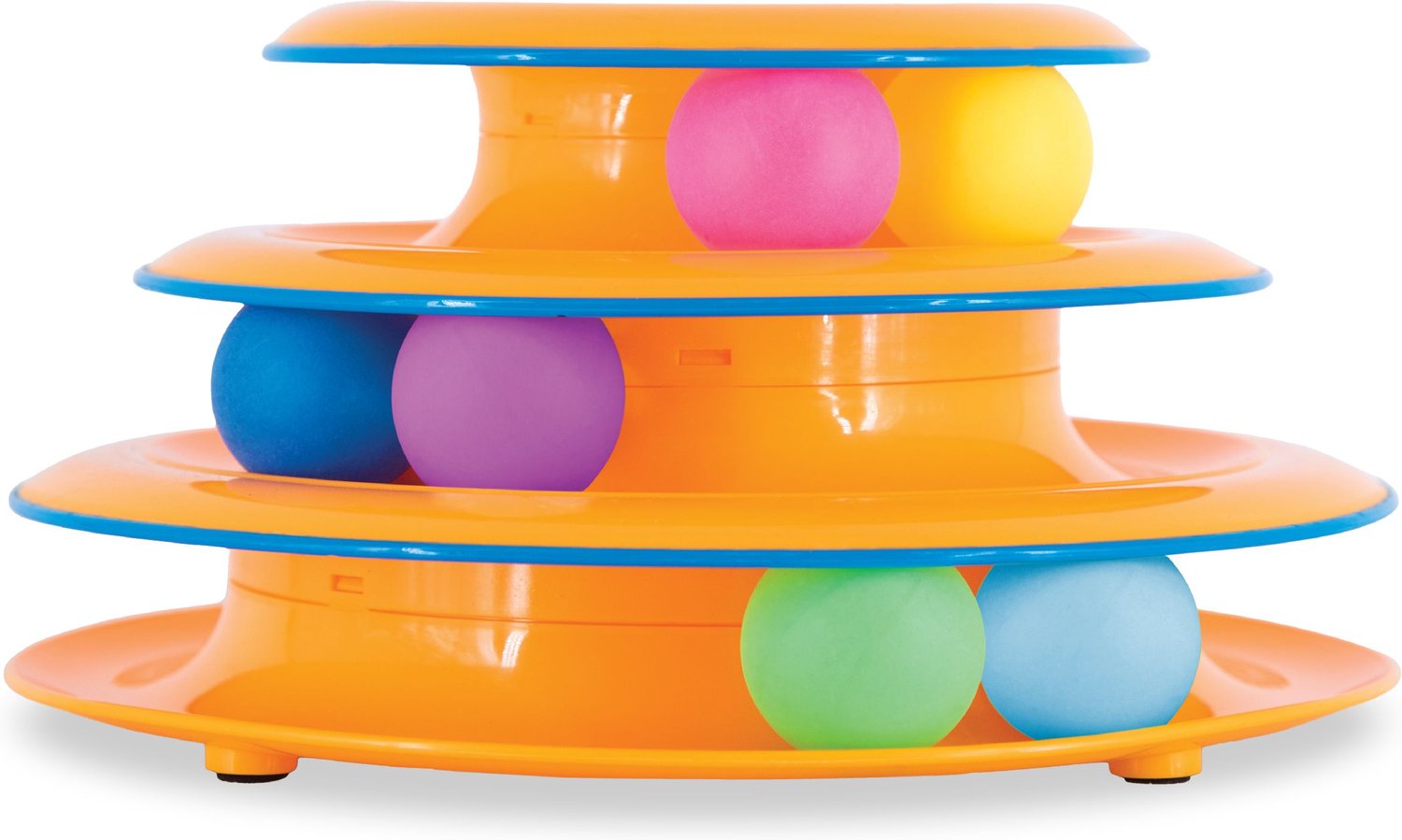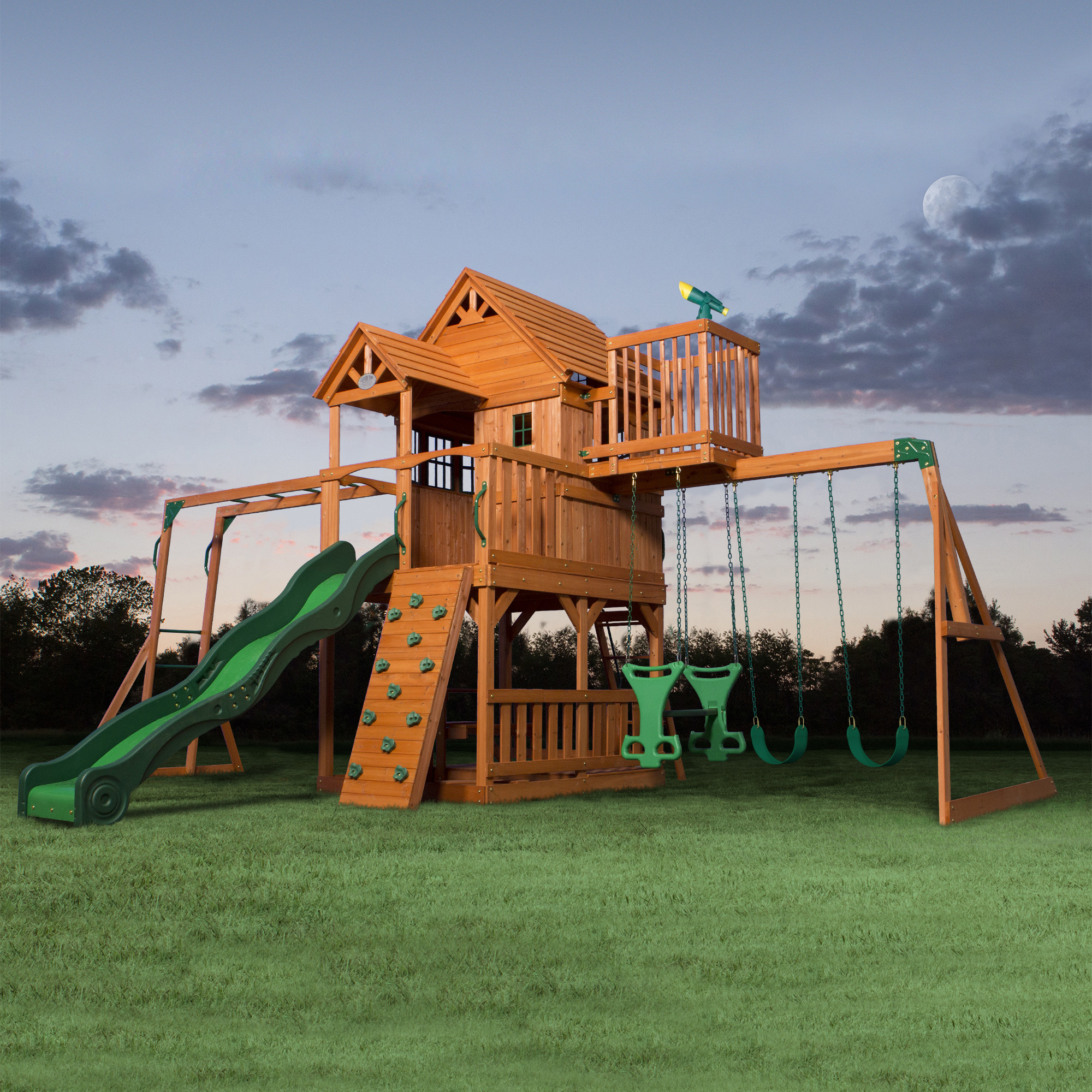Present Pets, Diamond Dalmatian Interactive Plush Pet Toy with 2 Bonus Accessories and Over 100 Sounds and Actions (Style May Vary)
Your Present Pets Dalmatian is so excited to meet you, she paws her way out of her gift box! Tear off the box’s outer layer and pull the gift tag to start the reveal!
Discover Present Pets, the only gifts that unbox themselves! Waiting inside each Walmart exclusive Diamond Dalmatian themed box is an adorable interactive puppy just for you. She is so excited to meet you, she paws her way out of her own gift box! With one of two possible Diamond Dalmatian Pups and two exclusive accessories available in every box, you won’t know which puppy you’re getting until she unboxes herself. To start the big reveal, unwrap the box’s outer layer and pull the gift tag. The box will instantly start to shake as your sweet pup eagerly paws her way out! The front panel pops open, revealing which exclusive Present Pets Diamond Dalmatian Pup is inside: Diamond or Sparkle! Each Diamond Dalmatian Pup has expressive eyes, a spotted plush body, sparkly paws and diamond details on her ears, collar and bow. She’s so pretty! When she reveals herself, your new pup sings a special unboxing song! You’ll also find two bonus accessories inside your gift box: a trendy dog bone and bracelet that you or your puppy can wear! Discover your pet’s playful personality as you bond and play together. She loves to cuddle! Pet her head and she’ll happily give you kisses and sweet coos. Tickle her tummy to get her excited to play! Her tail will wag faster, as she taps and shuffles her paws and lets out the cutest puppy giggle! Your puppy even recognizes when you speak to her! For more fun surprises, she can play games and perform an instant trick when you press her back button and pet her head at the same time! Featuring over 100 sounds and actions, Present Pets bring to life the true happiness of what it’s like to be surprised with your very own puppy. Present Pets are a great gift for kids aged 5 and up and make any gifting occasion extra special. Unwrap all of the Present Pets, including Fancy Pups Princess and Kweenie, and Glitter Pups Cocoa and Casey (each sold separately)! Bring home an unforgettable unboxing experience the whole family will want to see with Present Pets! Which Diamond Dalmatian puppy will present itself to you?
- INTERACTIVE SELF-UNBOXING PUPPY: Your Present Pets Dalmatian is so excited to meet you, she paws her way out of her gift box! Tear off the box’s outer layer and pull the gift tag to start the reveal!
- A PUPPY THAT’S JUST FOR YOU: It’s a surprise which Dalmatian is inside – Diamond or Sparkle! Both have expressive eyes, a spotted body, sparkly paws and diamond details on her, ears, collar and bow.
- 2 EXCLUSIVE BONUS ACCESSORIES: In each box, discover a trendy dog bone and a diamond bracelet you or your puppy can wear! Present Pets are a special gift for kids 5 and up, 6 AAA Duracell batteries included.
- OVER 100 SOUNDS AND ACTIONS: Discover your new puppy’s playful personality! She gives kisses when cuddled; wags her tail and shuffles her paws when excited; responds to your voice and so much more!
- Includes: 1 Exclusive Present Pet, 1 Unboxing Guide, 2 Exclusive Bonus Accessories, 1 Instruction Sheet, 6 AAA Duracell Batteries
- WARNING: CHOKING HAZARD – Small parts. Not for children under 3 years.
Additional information
| Manufacturer Part Number | 6058784 |
|---|---|
| Model | 6058784 |
| Assembled Product Weight | 2.62 lb |
| Assembled Product Dimensions (L x W x H) | 9.13 x 8.00 x 12.00 Inches |






by Candy
CUTEST TOY EVER!! I would definitely recommend itt! my daughter was so excited when the cute pup started coming out of the box all by itself and even more thrilled when she got to see and play with the whole pup! ADORABLE!!!
by Angela
Bought for 5 yr old granddaughter she loves it.
by Jannifer
Five year old absolutely loved this, never saw anything like it before the way it “unwrapped ” itself so much fun!!!
by Hilary
Its so cute, especially the bark. My granddaughter loves it!
by Debra
My granddaughter loves the dog. It barks, pants, move sand even snores when asleep. Only issue is that it hard. Not a stuffed soft pet.
by Lille
So adorable. Granddaughters loves them.
by Margaryta
Bought it as a gift so I can’t speak to the toy itself but the presentation in the box is amazing. And I really love the idea that it unwraps itself- real fun twist.